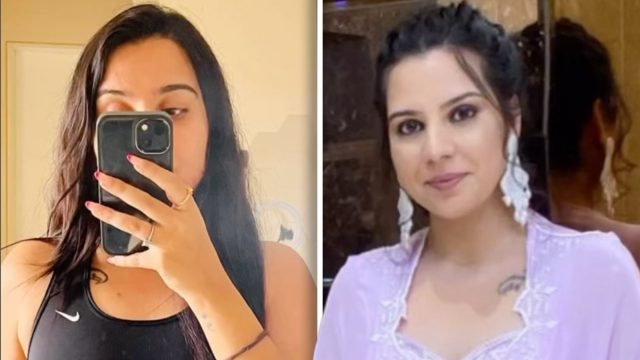Nutritionist Reveals 6 Tasty Foods for Weight Loss

Are you trying to lose weight but aren't sure what foods to eat aside from the usual protein, healthy fats, and unprocessed carbs recommendations? One Indian nutritionist has some tasty and unique recommendations. Amisha Sharma is a nutritionist and founder of Pocket Diets, educating her followers and clients about how to lose weight by cooking meals at home. In a new video, she reveals six delicious foods she added to her diet that helped her lose weight.
Fruit Chia Pudding
Eating fruit on its own can lead to sugar spikes, says Sharma. However, pairing it with chia seeds and nuts changes the game. "This is my favourite combo as I can eat my choice of fruits without worrying about the sugar spikes fruits can cause as the healthy fat content from chia seeds & nuts help lower the spike by slowly releasing the sugar," she writes.
Steamed Veggies
Fun fact: Eating raw veggies might not be working for your digestive system. This is why steaming them can be helpful. "If you always have to run to washroom after eating a bowl of raw salad, switch to steamed veggies as these are very easy to digest and absorb as compared to raw ones," she recommends.
Beetroot Curd
https://www.instagram.com/reel/DC6lqp_yG6M/?utm_source=ig_embed&utm_campaign=loading
Need a probiotic and prebiotic boost for your gut? Try beetroot curd. "Combining beetroot or any vegetable with yogurt / curd gives a perfect combo of pro and prebiotic to feed good bacteria of your Gut," says Sharma.
Dark Chocolate
Not all sweet treats will derail your diet. Sharma is an advocate of dark chocolate. "Cacao is Loaded with magensium and antioxidants which help you keep electrolyte balanced and inflammation lower," she says.
Coriander Chutney
One of her favorite Indian delicacies for weight loss? Coriander chutney. "My go to with cheelas , idli, wraps and sandwiches as it is made up of powerful antioxidant ingredients like ginger, garlic & lemon which can enhance your immunity," she says.
Sourdough Bread
And, you can still eat carbs and lose weight. Just eat the right kind of bread. "I am a bread lover and regular breads with loaded refined sugar and artificial ingredients is a complete NO for me bur sourdough is 100X better option as it is naturally prepped and has low Gi index and natural ingredients and good bacteria which Gut loves," she says. And if you enjoyed this article, take advantage of these 20 Superfoods for People Over 50.




